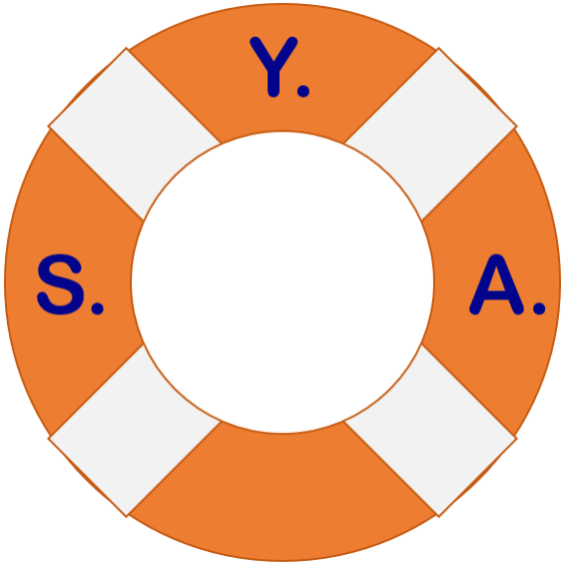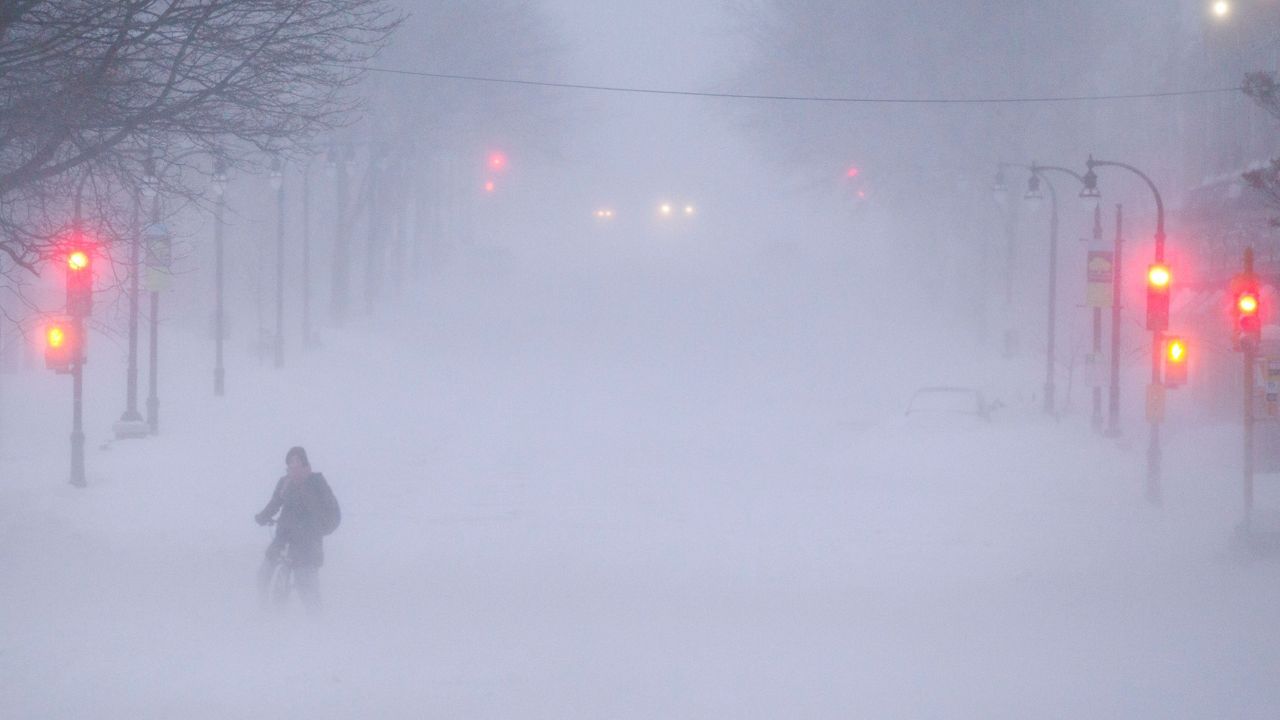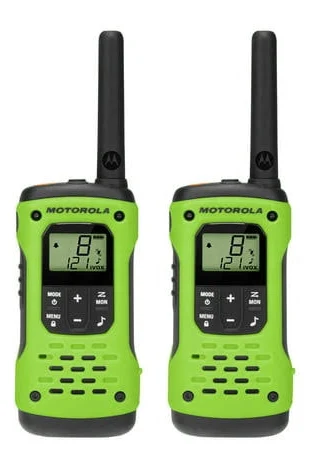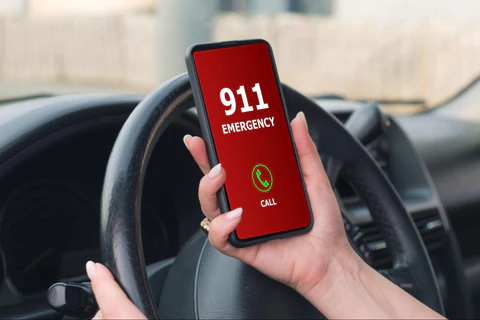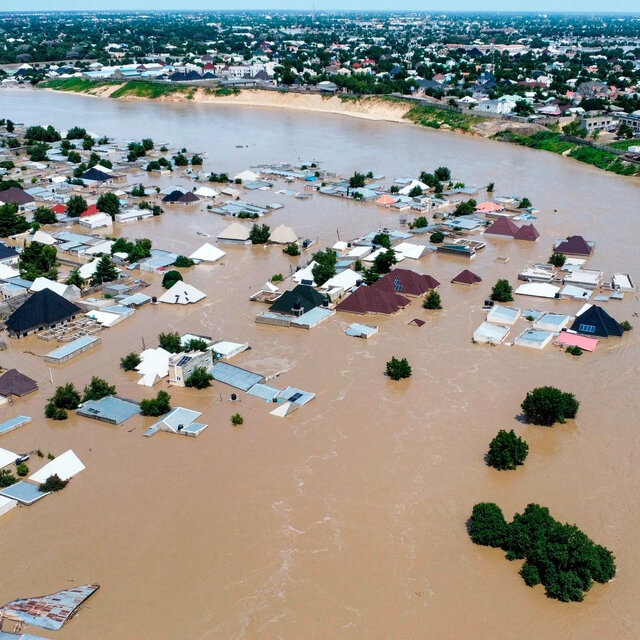As we head in the heart of the winter season, it is important to get ready for blizzard conditions in the northern half of the globe.

A blizzard is a severe winter storm that involves strong winds, low visibility, and heavy snowfall. Blizzards can pose serious risks to people, animals, and property. Therefore, it is important to know how to prepare for and cope with a blizzard.
Before a blizzard:
- Check the weather forecast regularly and listen for warnings and advisories.
- Stock up on food, water, medicine, batteries, flashlights, candles, and other essentials.
- Keep your cell phone charged and have a backup power source if possible.
- Make sure your heating system is working properly and have extra blankets and warm clothing.
- Clear snow and ice from your roof, gutters, and vents to prevent damage and leaks.
- Insulate your pipes and faucets to prevent freezing and bursting.
- If you have a fireplace or wood stove, have enough firewood and matches.
- If you have a generator, make sure it is in good condition and have enough fuel.
- If you have a car, fill up the gas tank and check the tires, brakes, battery, and windshield wipers.
- Keep an emergency kit in your car that includes jumper cables, shovel, sand or kitty litter, ice scraper, blankets, food, water, first aid kit, and flares.
During a blizzard:
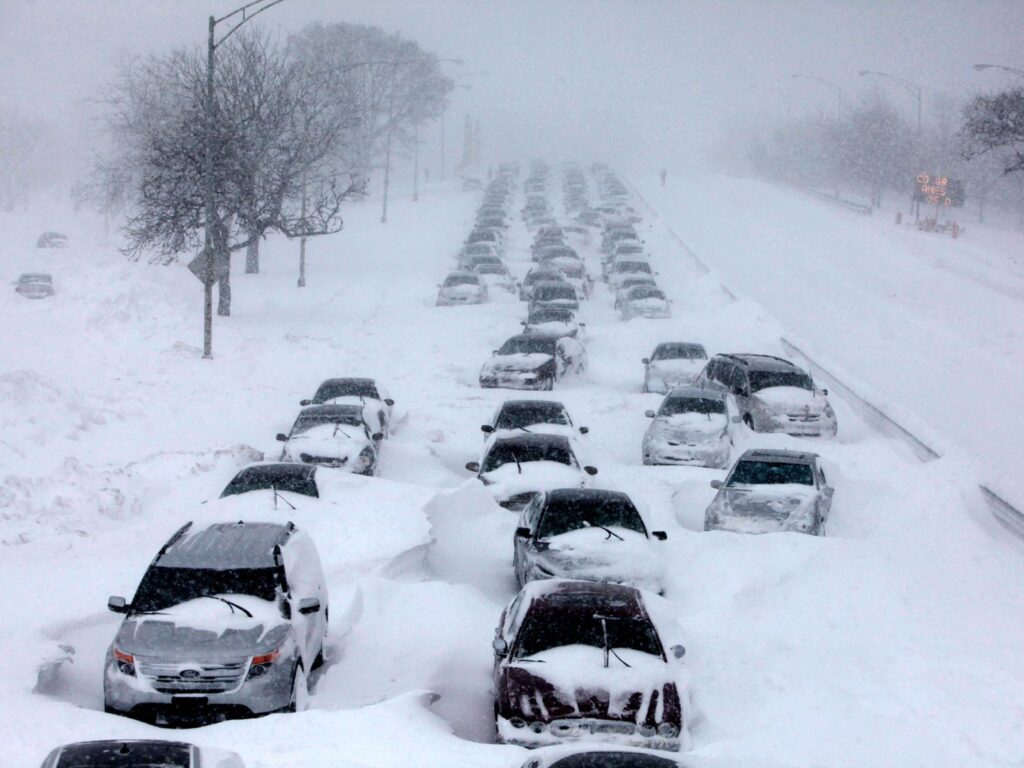
- Stay indoors and avoid unnecessary travel.
- If you must go outside, dress warmly in layers and cover your head, hands, and feet.
- Watch out for signs of frostbite and hypothermia, such as numbness, shivering, confusion, and drowsiness.
- If you get stranded in your car, stay inside and run the engine for 10 minutes every hour to keep warm. Crack a window slightly to prevent carbon monoxide poisoning. Make sure the exhaust pipe is clear of snow. Use your emergency kit and signal for help with flares or a bright cloth.
- Keep an eye on your pets and bring them indoors if possible. Provide them with food, water, and shelter.
- Check on your neighbors, especially the elderly and those with special needs.
After a blizzard:

- Wait until the storm has passed and the authorities have declared it safe to go outside.
- Be careful when shoveling snow and avoid overexertion. Take breaks and drink plenty of water.
- Watch out for downed power lines, fallen trees, and icy patches. Report any hazards to the authorities.
- If your pipes are frozen, thaw them slowly with warm water or a hair dryer. Do not use open flames or electric devices near flammable materials.
- If your power is out, use alternative sources of heat and light cautiously. Do not use generators indoors or near windows or vents. Do not use charcoal or gas grills indoors. Do not leave candles unattended.
Blizzards can be dangerous but manageable if you are prepared and informed. Follow these tips to stay safe during a blizzard.
Download your free copy of FEMA’s Be Prepared for a Winter Storm
Last Updated on January 19, 2023
